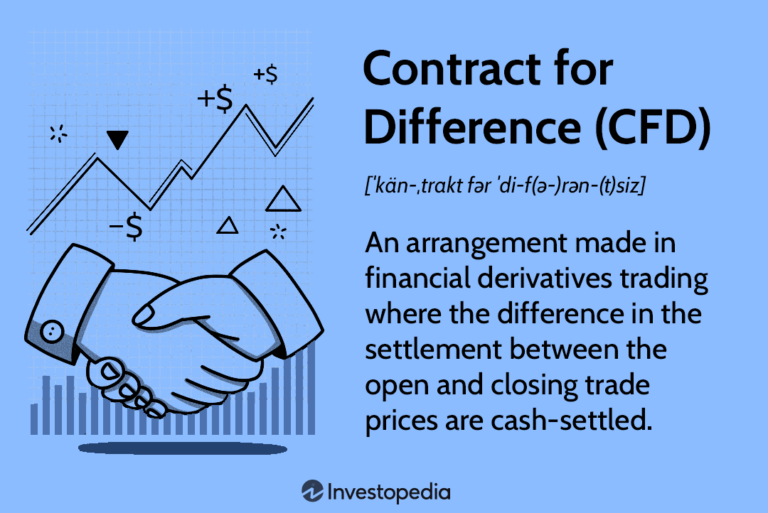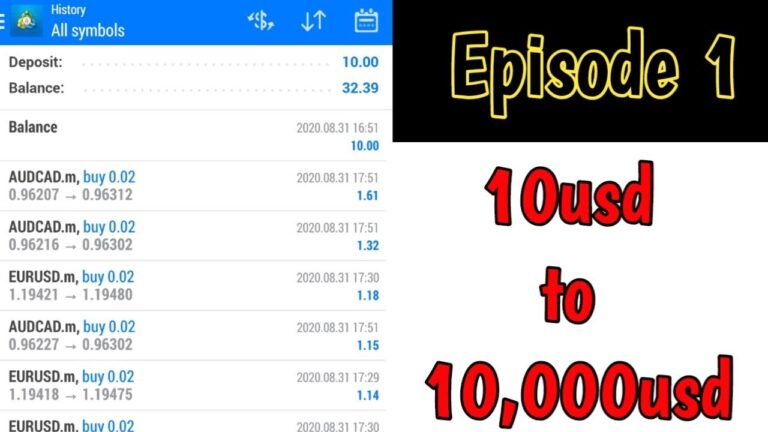
Gold has long been regarded as a safe-haven asset, especially during times of economic uncertainty. Its intrinsic value, combined with the volatility of currency markets, makes gold trading an attractive option for many forex traders. This article delves into the intricacies of gold trading within the forex market, covering everything from the fundamentals to advanced trading strategies.
Table of Contents
- Understanding Gold Trading
- What is Gold Trading?
- The Significance of Gold in the Forex Market
- How Gold is Traded in Forex
- Gold as a Currency Pair
- Different Ways to Trade Gold
- Factors Influencing Gold Prices
- Economic Indicators
- Geopolitical Events
- Supply and Demand Dynamics
- Technical Analysis for Gold Trading
- Key Technical Indicators
- Chart Patterns
- Fundamental Analysis for Gold Trading
- Key Economic Reports
- Impact of Central Bank Policies
- Risk Management in Gold Trading
- Setting Stop Loss and Take Profit
- Position Sizing
- Psychology of Trading Gold
- Emotional Factors
- Common Mistakes to Avoid
- Conclusion and Future Outlook for Gold Trading
1. Understanding Gold Trading
What is Gold Trading?
Gold trading refers to the buying and selling of gold as a commodity or a financial asset. In the forex market, gold is typically traded as a currency pair, with its most common pair being XAU/USD, where XAU represents one troy ounce of gold, and USD is the U.S. dollar. Traders can take positions based on their expectations of gold price movements, influenced by various market factors.
The Significance of Gold in the Forex Market
Gold is often seen as a hedge against inflation and currency devaluation. When the value of fiat currencies falls, investors tend to flock to gold, driving its prices up. Additionally, gold serves as a barometer of economic stability; when uncertainty prevails, demand for gold increases, making it a popular asset for traders.
2. How Gold is Traded in Forex
Gold as a Currency Pair
Gold trading in forex allows traders to speculate on the price of gold against the U.S. dollar. The value of XAU/USD fluctuates based on various factors, including global economic conditions, interest rates, and geopolitical tensions. Trading gold can offer diversification for those already involved in forex, as it often behaves differently than traditional currency pairs.
Different Ways to Trade Gold
There are several ways to trade gold:
- Spot Gold Trading: This involves buying or selling gold at the current market price. Transactions are typically settled within two business days.
- Gold Futures: Contracts that obligate the buyer to purchase, or the seller to sell, a specified amount of gold at a predetermined price on a specific future date. Futures contracts are standardized and traded on exchanges.
- Gold ETFs: Exchange-Traded Funds that track the price of gold. Investing in gold ETFs allows traders to gain exposure to gold without having to buy physical gold.
- Options on Gold: These give the holder the right, but not the obligation, to buy or sell gold at a specified price before a certain date.
3. Factors Influencing Gold Prices
Economic Indicators
Several economic indicators play a crucial role in influencing gold prices:
- Inflation Rates: Higher inflation typically increases gold’s appeal as a hedge, leading to higher prices.
- Interest Rates: Lower interest rates decrease the opportunity cost of holding gold, driving prices up.
- Currency Strength: The strength of the U.S. dollar inversely impacts gold prices; a weaker dollar generally leads to higher gold prices.
Geopolitical Events
Geopolitical tensions, such as conflicts, trade disputes, or elections, can lead to uncertainty in financial markets. As a result, investors often turn to gold as a safe-haven asset, causing its price to rise. Monitoring global events and their potential impact on market sentiment is essential for traders.
Supply and Demand Dynamics
The balance between gold supply and demand significantly affects prices. Factors that influence supply include mining production levels, central bank sales, and recycling of gold. On the demand side, jewelry manufacturing, investment demand, and technological uses can all drive prices.
4. Technical Analysis for Gold Trading
Key Technical Indicators
Traders often rely on technical analysis to forecast price movements. Key indicators for gold trading include:
- Moving Averages: Used to identify trends and potential reversal points. Commonly used periods include the 50-day and 200-day moving averages.
- Relative Strength Index (RSI): This momentum oscillator measures the speed and change of price movements. An RSI above 70 indicates overbought conditions, while below 30 suggests oversold conditions.
- Bollinger Bands: These help identify volatility and potential price reversals. When the price touches the upper band, it may signal overbought conditions; touching the lower band may indicate oversold conditions.
Chart Patterns
Recognizing chart patterns can provide insights into potential future price movements. Common patterns in gold trading include:
- Head and Shoulders: This reversal pattern indicates a potential trend change.
- Triangles: These patterns indicate consolidation and can lead to breakout opportunities.
- Double Tops and Bottoms: These patterns signal potential reversals in price trends.
5. Fundamental Analysis for Gold Trading
Key Economic Reports
Fundamental analysis involves evaluating economic reports to gauge market conditions. Key reports to watch for gold trading include:
- Non-Farm Payrolls (NFP): A significant indicator of U.S. employment data. Strong job growth can lead to a stronger dollar, impacting gold prices.
- Consumer Price Index (CPI): A measure of inflation. Rising inflation typically supports higher gold prices.
- Federal Reserve Meetings: Decisions regarding interest rates and monetary policy can significantly influence gold prices.
Impact of Central Bank Policies
Central banks play a crucial role in gold pricing. For instance, when the Federal Reserve lowers interest rates or implements quantitative easing, the value of the dollar may weaken, boosting demand for gold. Conversely, if central banks increase interest rates, gold may become less attractive as an investment.
6. Risk Management in Gold Trading
Setting Stop Loss and Take Profit
Effective risk management is vital in gold trading. Setting stop-loss and take-profit orders helps manage risk and lock in profits.
- Stop Loss: Place a stop-loss order below the entry price for long positions and above for short positions to limit potential losses.
- Take Profit: Setting a take-profit level allows traders to exit a trade when it reaches a predefined profit target.
Position Sizing
Determining the appropriate position size is critical to managing risk. A common guideline is to risk only 1-2% of your trading capital on a single trade. This strategy helps protect your account from significant losses.
7. Psychology of Trading Gold
Emotional Factors
Trading psychology plays a significant role in success. Traders often face emotional challenges such as fear and greed. Maintaining discipline and sticking to a trading plan can help mitigate these emotional factors.
Common Mistakes to Avoid
- Overtrading: Entering too many trades can lead to unnecessary losses. Focus on quality setups rather than quantity.
- Ignoring Risk Management: Neglecting to set stop-loss orders can result in catastrophic losses. Always prioritize risk management.
- Chasing Losses: Trying to recover losses with impulsive trades often leads to further losses. It’s crucial to remain patient and stick to your strategy.
8. Conclusion and Future Outlook for Gold Trading
Gold trading offers a unique opportunity for forex traders to diversify their portfolios and hedge against economic uncertainty. Understanding the various factors that influence gold prices, mastering technical and fundamental analysis, and implementing effective risk management strategies are essential for success.
As the global economy evolves and geopolitical tensions rise, gold will likely continue to play a critical role in financial markets. By staying informed and adapting to market changes, traders can position themselves to capitalize on the opportunities that gold trading presents.
In conclusion, gold trading in the forex market is both an art and a science. With the right knowledge, strategies, and emotional discipline, traders can navigate this dynamic market successfully. Whether you are a novice or an experienced trader, continuous education and adaptation will be key to thriving in the world of gold trading. Happy trading!









